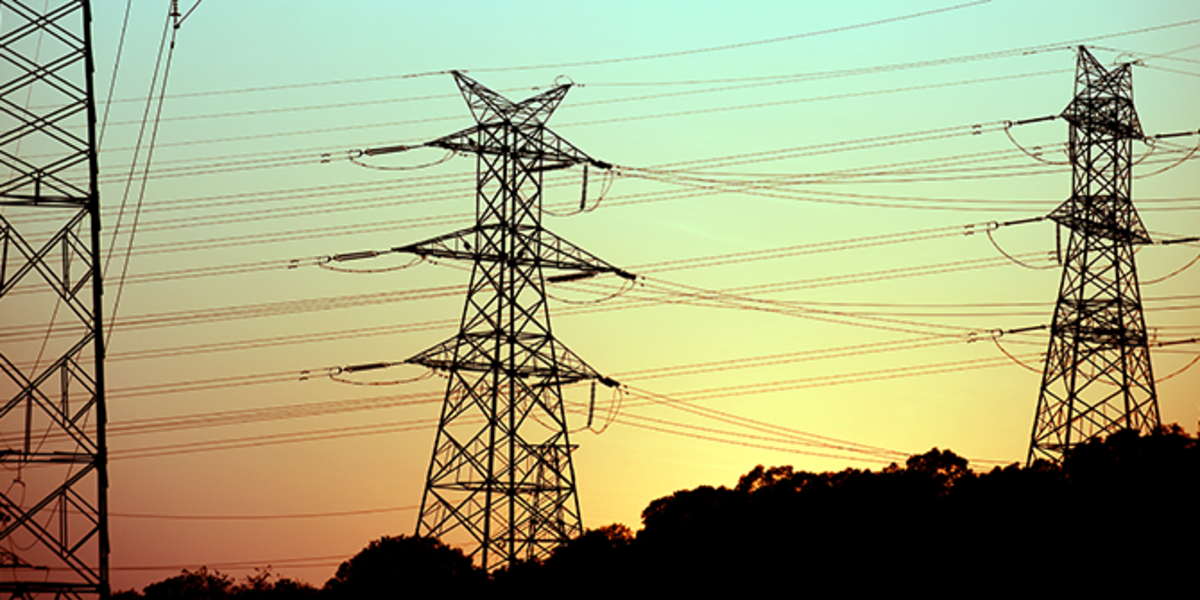Proposed Cuts to Federal Energy Efficiency Programs Threaten U.S. Resiliency
Let's Save Energy
Alliance to Save Energy's Blog
Proposed Cuts to Federal Energy Efficiency Programs Threaten U.S. Resiliency

Congress is considering slashing federal investments in energy efficiency. The House of Representatives passed a bill in late July that cuts several energy efficiency programs by roughly half, while the Senate has advanced a bill that would largely protect current funding levels. This post is part of a blog series examining what’s at stake as Congress continues the budget process.
As my colleague Natasha Vidangos noted last week, Americans save about $800 million each year in energy costs thanks to nation-wide energy efficiency improvements, much of which can be attributed to federal energy efficiency programs. Those are real savings for consumers, homeowners and businesses of all sizes. But setting aside the monetary benefits for a moment, consider how much energy – kilowatt-hours, therms, British thermal units (BTUs), pick your preferred unit of measurement – those savings represent. Without energy efficiency, all that avoided energy would become actual energy – generated and consumed – that would add considerable stress and strain on our energy systems and infrastructure.
The last thing the U.S. energy system needs is any more stress and strain – especially the sort that could otherwise be avoided. In order for electric grid operators to keep the juices flowing so we can turn our lights on at night, they have to consistently balance myriad technological constraints and economic considerations. The result of their work is the reliable energy system that enables our modern way of life.
Federal energy efficiency programs help grid operators, utility planners, and regulators ensure an acceptable level of reliability across the entire energy system by lowering overall consumption and reducing disruptive and costly peaks in demand. For example, appliance and equipment standards reduce U.S. electricity consumption by about 13 percent, and natural gas usage by about 4 percent. When you replace a burned-out incandescent light bulb with a modern LED (light-emitting diode) lamp that is 75 percent more efficient, you are contributing to lower overall energy use for years (decades, even) and doing so in a relatively predictable way. On the hottest days of the year – when electricity demand spikes, the grid is at its most stressed, and more expensive generation assets are standing by to be deployed – increases in efficiency of residential and commercial air conditioners help “shave off” the steepest peaks in electricity demand when the need for cooling is at its highest.
Energy efficiency also contributes to efforts to improve resilience across the energy sector, including not just electricity but also natural gas and other fuel sources. For example, in the building sector, which accounts for 40 percent of U.S. energy consumption, building energy codes help ensure that new homes and commercial buildings have energy efficiency built in from the ground up. According to the U.S. Department of Energy, cumulative savings from building energy codes between 2010 and 2040 will reach $126 billion and 12.82 quads (quadrillion British thermal units (BTUs)) of energy. Keep in mind that total primary energy consumption in the residential and commercial sectors is about 38 quads. U.S. DOE’s Building Technologies Office, which provides support to states and local governments that adopt and adapt model codes, was targeted by the administration for a 66 percent cut.
Savings of about one-third of energy use in the building sector has a significant impact across the energy sector, helping utility planners ensure reliability of resources and also improve resiliency more broadly. Energy efficiency also offers us a mitigation strategy to preserve and strengthen resilience over the long-term. Buildings constructed with efficiency in mind are better able to cope with shifting weather patterns by incorporating high-quality and energy-efficient components and a thermal building envelope (walls, ceilings, doors, windows and floors). Innovations in energy-efficient buildings are opening up new opportunities for buildings to be more energy-efficient on a systems level as well as generate and store energy on-site. These improvements account for considerable reductions in greenhouse gas emissions and particulates that contribute to global warming and lower air quality in urban areas. In fact, energy efficiency in the industry, buildings, and transport sectors has the potential to provide about half of the necessary emissions reductions necessary to meet the Paris Agreement goal of keeping global warming to “well below” 2 degrees Celsius, according to the International Energy Agency.
It is striking to think that a budget cut here and there across the portfolio of federal energy efficiency programs could lead to worse overall energy system reliability and resilience. Every bit of energy we waste has to come from somewhere and wasted energy has costly consequences. Is it not wiser to invest in federal energy efficiency programs that will pay reliability and resilience dividends (and generate savings) for years to come? We think so. If you agree, join us and tell your senators and representatives to stand with us, too.
RECENT BLOG POSTS
STAY EMPOWERED
Help the Alliance advocate for policies to use energy more efficiently – supporting job creation, reduced emissions, and lower costs. Contact your member of Congress.
Energy efficiency is smart, nonpartisan, and practical. So are we. Our strength comes from an unparalleled group of Alliance Associates working collaboratively under the Alliance umbrella to pave the way for energy efficiency gains.
The power of efficiency is in your hands. Supporting the Alliance means supporting a vision for using energy more productively to achieve economic growth, a cleaner environment, and greater energy security, affordability, and reliability.



